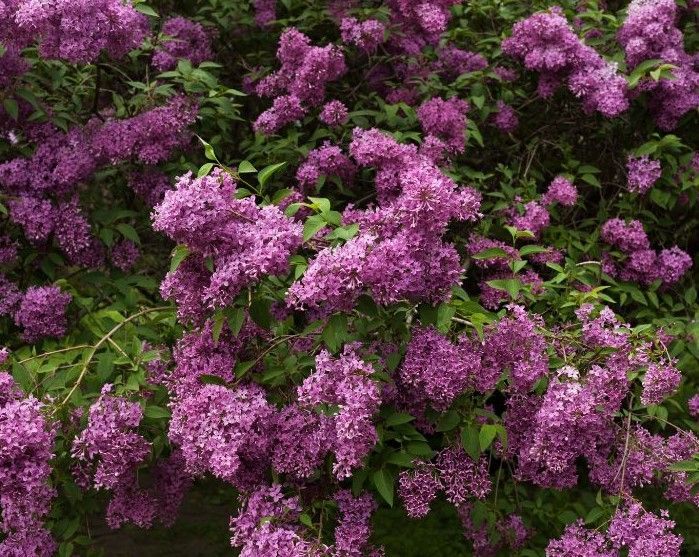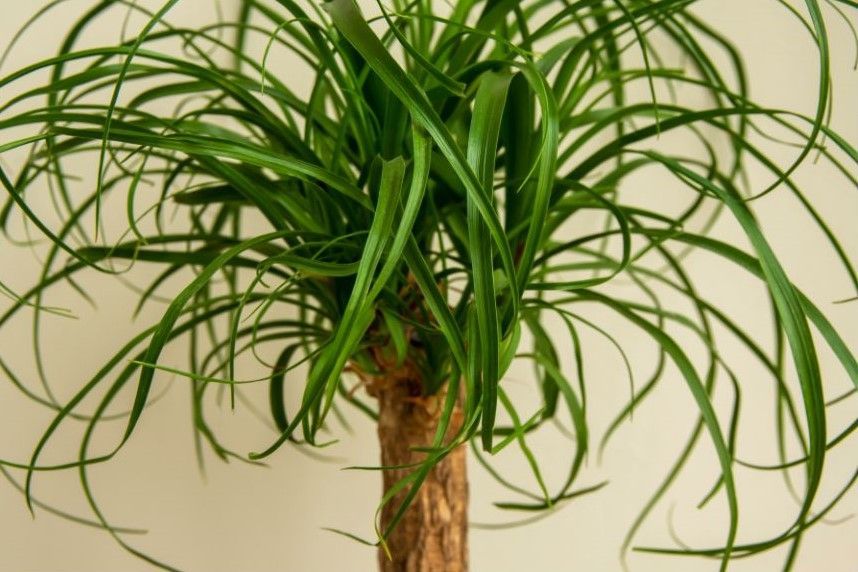The Importance of Tree Maintenance for Home Energy Efficiency
Trees are not only beautiful additions to your landscape, but they also play a critical role in enhancing your home's energy efficiency. When properly maintained, trees can provide natural insulation, reduce cooling costs, and protect your home from the elements. However, neglecting tree care can lead to costly inefficiencies and even damage. This article will explore how regular tree maintenance can maximize your property’s energy efficiency, helping you save money while maintaining a comfortable home.
1. Increases Shade and Reduces Cooling Costs
During the summer months, a well-placed shade tree can shield your home from direct sunlight, reducing the need for air conditioning. The shade provided by healthy, leafy trees can lower temperatures around your home by several degrees. However, overgrown branches or improperly placed trees can block airflow, trapping heat and making your air conditioner work harder.
Regular pruning and maintenance ensure that trees grow in a way that optimizes shade without obstructing necessary airflow. Pruning also removes dead or diseased branches that could fall and damage your property, which could interrupt your home’s energy efficiency systems.
2. Natural Windbreaks for Winter Savings
Trees act as natural windbreaks, which is especially beneficial during the colder months. Strong winds can strip away the warmth from your home, increasing heating costs. Strategically planted and maintained trees act as barriers, reducing the wind's impact and insulating your home.
However, without proper care, trees may grow unevenly, allowing gaps in your windbreak. Routine maintenance, including trimming and fertilizing, ensures that your trees remain dense and effective at protecting your home from winter winds.
3. Supports Solar Energy Systems
Many homeowners invest in solar panels to enhance energy efficiency. If you’re one of them, regular tree maintenance becomes even more critical. Overgrown trees can cast unwanted shadows on solar panels, reducing their efficiency. Proper pruning ensures that your panels receive optimal sunlight while still benefiting from the cooling effects of surrounding trees.
By managing the growth and health of your trees, you can strike the perfect balance between energy generation and energy-saving shade.
4. Prevents Unnecessary Damage to Home Infrastructure
Unkempt trees pose a significant risk to your home’s energy infrastructure. Overgrown branches can fall on power lines or HVAC systems, leading to outages and costly repairs. Roots from improperly managed trees can also invade underground energy lines or damage your foundation, causing energy loss through structural damage.
Routine inspections and professional maintenance help prevent these issues. Addressing potential hazards before they become problems can save you from expensive repairs and unnecessary energy costs.
5. Promotes Healthier Trees
Just like any other part of your home, trees require regular care to stay healthy and perform their energy-saving functions effectively. Regular fertilization, mulching, and watering support tree health, ensuring they continue to provide insulation, shade, and wind protection for years to come.
Unhealthy trees, on the other hand, can quickly become liabilities. They are more susceptible to disease, pests, and structural weaknesses, which can lead to energy inefficiencies and the potential for property damage.
6. Maximizes Long-Term Energy Savings
Tree maintenance is a long-term investment that continues to pay off over time. Healthy, mature trees provide better energy efficiency than young or neglected ones. By taking care of your trees now, you ensure they will offer maximum shade, wind protection, and cooling for decades to come. This translates to significant savings on both heating and cooling costs year after year.
Conclusion
Tree maintenance is about more than aesthetics—it’s a key factor in your home’s energy efficiency. By keeping your trees healthy and well-maintained, you can enjoy lower energy bills, a more comfortable home environment, and the peace of mind that comes from knowing your property is protected from weather-related damage. Whether you’re managing your trees on your own or working with a professional service, consistent care will help you make the most of your trees’ natural energy-saving benefits.

Sign up for monthly newsletters!
From easy tree care practices to fun DIY projects, we've got something for everyone.

Interested in what we can do for you?
Call us at 610-648-0404 or book an appointment online.

Sign up for monthly newsletters!
Get our latest articles, delivered right to your inbox. No spam, ever.
Check out the latest...
Sign up for monthly newsletters!
From easy tree care practices to fun DIY projects, we've got something for everyone.






WHAT WE DO
WHO WE ARE
Join the Tree Society newsletter
Get monthly articles on the latest in the tree care industry, curated by people deeply passionate about environmental stewardship.



